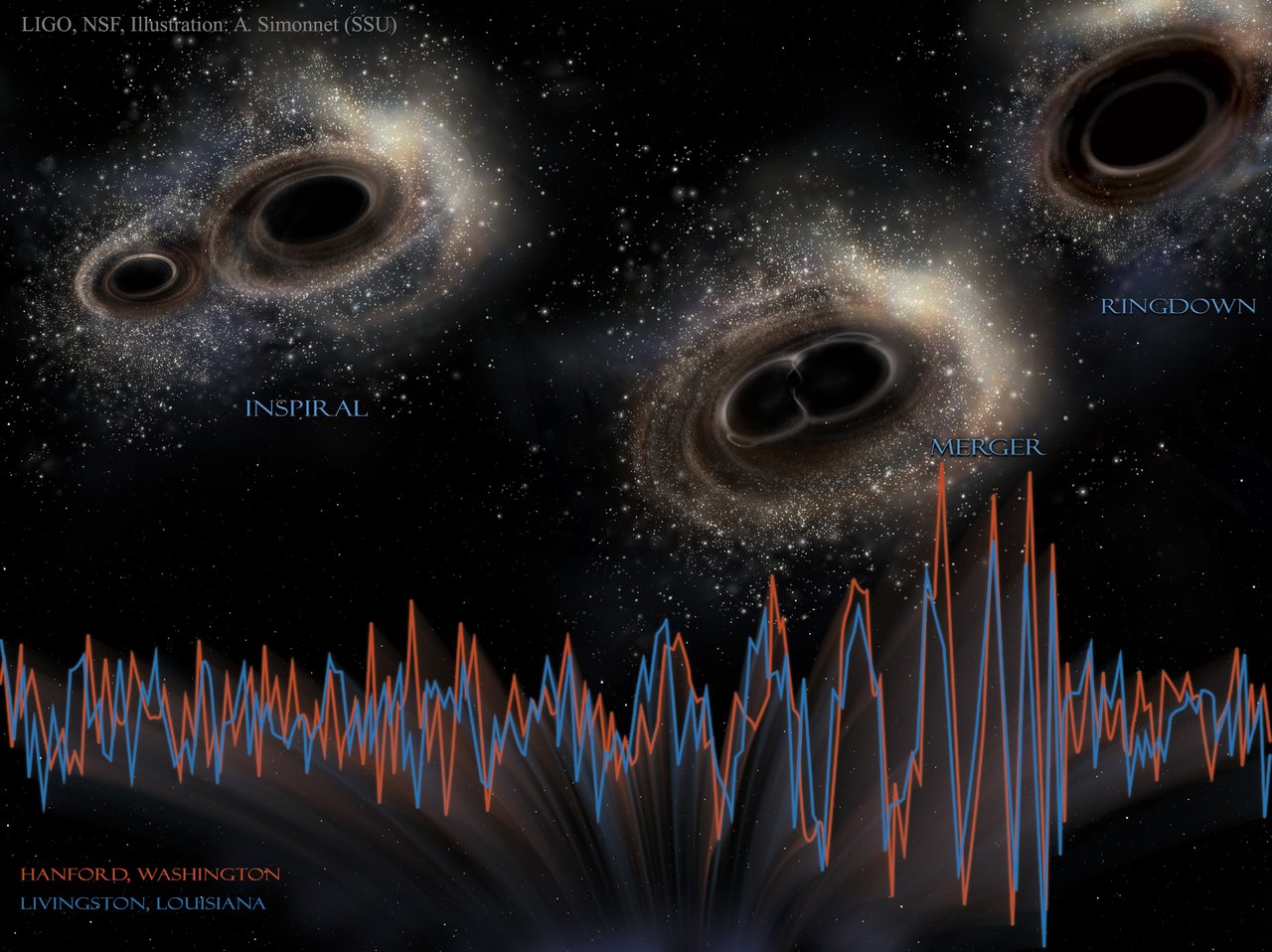A&S Physicist Featured in Nature’s LIGO Anniversary Coverage

Stefan Ballmer, professor of physics at Syracuse University, was quoted in a recent Nature article titled “LIGO is 10 years old: black-hole breakthroughs will ‘only get better’,” which celebrates a decade since the first detection of gravitational waves.
The article explored the future of gravitational-wave astronomy, including the ambitious plans for the Cosmic Explorer (CE), a next-generation observatory. Ballmer, a leading researcher in the field, discussed the CE’s potential to detect over one million neutron star mergers annually—roughly one every few seconds. He also provided an update on the status of the site selection for the massive facility, saying, “We are winnowing the candidate sites down to a shortlist.”
Published: Sept. 15, 2025
Media Contact: asnews@syr.edu
